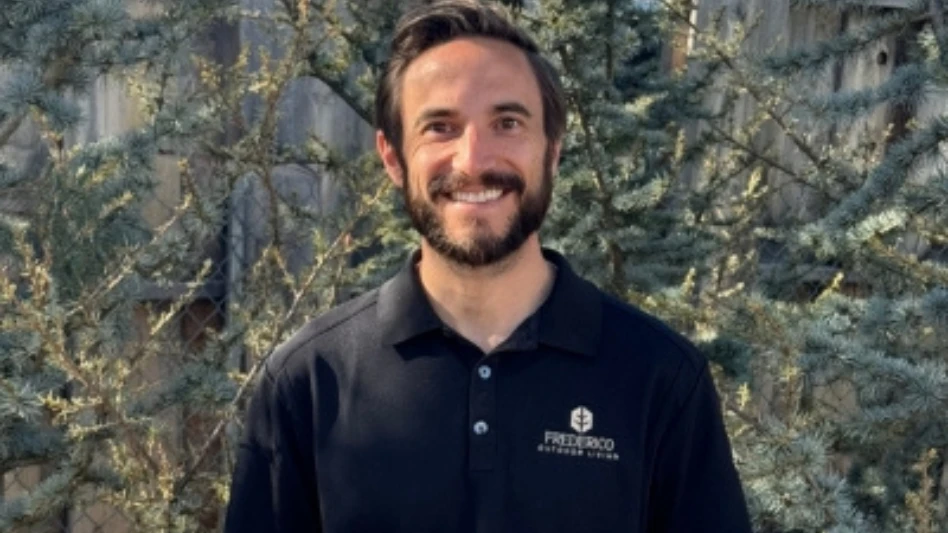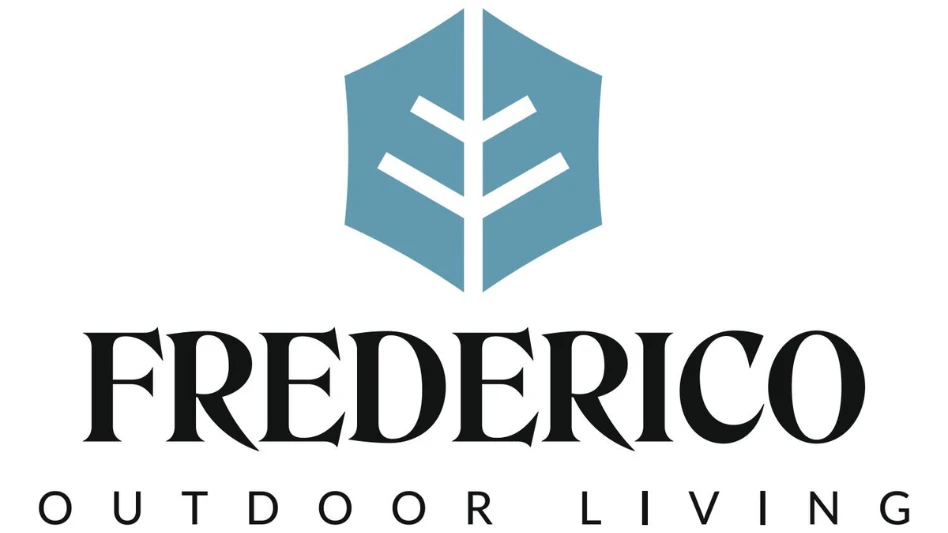
 Let's face it. Most of us like to deal with people who are like us. It's just easier. We understand what they want because it's what we want too. But with consumer demographics changing, it's always important to be reaching new customer groups – and that means marketing to people who are different than us. This isn't always an easy feat. It means stepping out of our comfort zone and making a concerted effort to think like others.
Let's face it. Most of us like to deal with people who are like us. It's just easier. We understand what they want because it's what we want too. But with consumer demographics changing, it's always important to be reaching new customer groups – and that means marketing to people who are different than us. This isn't always an easy feat. It means stepping out of our comfort zone and making a concerted effort to think like others.
It's something that Kelly McDonald, president of McDonald Marketing and author of "How to Market to People Not Like You" has become an expert in. What started as a hot topic in her professional speaking career – a topic she was continually asked to speak on – led to a publisher seeking her out for a book deal. It's something everyone wants to know: How do I reach people that aren't like me? We caught up with McDonald to get a few of her best tips.
Why is it so difficult for business owners to market to people who aren't like them?
I think it's because the only frame of reference you have is your own. Whether it's experience or values – conscious or unconscious – we all see the world a certain way, and it's easier to relate to those who see it the way we do. It's hard to truly put yourself in someone else's shoes yet the very best marketing does just that – it gets into the head of someone else. Everyone wants to expand to a new customer group but if you're just projecting your own wants out there, you're shooting in the dark.

|
Book Excerpt If you could grow your business simply by marketing to your existing customers, making money would be a cakewalk. But to generate new revenue, you have to win over the customers you're not getting. Who are these mystery customers? How are they different from your current clientele? Most importantly, how do you forge a bond with them across these differences. Using real-world examples from successful business owners, "How to Market to People Not Like You" demonstrates how to create a deep, emotional connection between your products and new consumers. Forget "spray and pray" promotion. It's time to narrowcast, get to know, and then deliver a welcoming message to a specific group. You have to research new customer segments and learn what they need. Then modify your product offerings to communicate that you value that customer. You say to them, "I see you, I value you, and I want you. I'm putting out this welcome mat just for you. This book can take you from tentative newcomer to trusted name among any community. You'll learn: The dos and don'ts of marketing to women, immigrants, Hispanics, African Americans and Asians; How to identify the key value differences according to political views, sexuality, hobbies, rural vs. metro areas, military vs. civilian cultures, vegetarians vs. omnivores, and much more; how to tweak your product or service to be relevant to a new customer group; communicate in a relevant manner by showing respect for others' cultures, values, language, and priorities; create messaging that resonates with each generation's unique values; and make sure you're operationally ready and operationally friendly, meaning that you can make a customer feel comfortable throughout a transaction.
|
Besides projecting your own wants in a marketing campaign to a new customer base, what other mistakes do businesses make in trying to expand their reach?
The biggest mistake is something I call "spray and pray." It's when the business doesn't define their market space but just sprays their message as broadly as possible and prays it will work. For example, you can have the most amazing dog food in the world and offer a great deal but it means nothing if the consumers receiving your message don't have a dog. You have to make sure you're reaching people that care about your product or service. Small business owners try to be all things to all people but you're better off focusing on the high potential prospects – that is the people you really need to reach to grow the most.
Consumer demographics data tells us things are changing with today's consumers. What are some of those changes?
The census, which is a real gift and only comes out once a decade, recently showed us that we're more racially and ethnically diverse. It is a fact that our eyes and ears have been telling us for a while, but the census now backs it up with data.
One in three people in the U.S. is not white. We're more diverse than ever before but not just ethnically and racially – we have other trends that are emerging. Young people are getting married later in life. Minorities are moving to the suburbs. Women are working more. These things matter when marketing to people. What the census shows is that one size does not fit all anymore. We're not a homogeneous society and marketing efforts need to reflect that.
Many landscapers work closely with the Hispanic population, which we know is growing. How can they facilitate even better relationships?
The key is to understand culture. Talk to your employees and find out what the best working environment is for them. Also recognize that talking louder does not make you bilingual. That's such a common mistake that people don't even realize they're making. Everything, including training, is becoming more show-and-tell based rather than written. Sometimes that's the easiest way for everyone to communicate, especially if there are language barriers.
What about the changes taking place between generations?
The newest wave of homeowners is Gen Y. Boomers are downsizing and moving on to places that don't require a lot of landscaping. That means that business owners need to know how to market to today's young people. There are definitely some differences between generations. Gen Y believes companies should help people. They should make a profit but they also have a social responsibility that comes with that which includes giving back to the community, but also educating people. This generation might not just want you to take care of their lawn – they'll want to be educated on what you're doing. For instance, are organic pesticides worth the extra money? They'll expect explanations. With the Internet, there is a ton of information out there and none of us are lacking in that area, but we're lacking in guidance and advice. Gen Y doesn't just want information, they want guidance.
Gen Y also expects things quickly. They want an answer right away and they want to be able to text you. They don't like phone calls. They'd rather do a quick text. The boomer companies that aren't used to dealing with Gen Y customers and aren't providing this type of efficiency in their customer care are missing out on an opportunity. Texting is a small thing, but it's something this generation cares about and it's an easy way to keep them happy.
Is that what we can expect of the future?
Yes, I definitely think everything is going to become mobile. Landscape companies are going to have to learn how to cater to a younger wave of homeowners. If you don't have a mobile site or mobile app, you're going to miss the boat. Many young people today don't even use computers anymore.
They only use their phones. If a website is the only thing you have and it's not available as a mobile site, you could potentially alienate some of your potential customers. Young people may be the early adopters of using a cell phone or iPad as the primary source of information, but they're not the only ones doing it. Bring your business up to standards in terms of mobile technology because the consumers are going to gravitate toward businesses that are easy to do business with and mobile is what they find easy.
What other changes does technology bring to marketing and communication?
Besides being mobile, you have to embrace social media. Make sure you respond to every question or comment on your Facebook page – no matter how small or insignificant it may seem. Once customers start talking to you, they won't stop. But you have to be willing to embrace that.Also, realize that consumers are going to be gravitating toward paying with their smart phones. The digital wallet is the future. Nobody is going to be sending invoices and paying with checks.
So how can a small business owner keep up with all this? It seems like a job in itself.
If your social media usage is getting to the point where you need someone who really knows what they're doing to handle it, that's a good thing. Don't look at that as a negative. It means you're adapting and changing with your customer base. Identify the key people that can help you manage that. Social media and marketing should be completely integrated into everything your company is doing. In other words, whatever you're saying on an outdoor billboard needs to be echoed in your social media. It has to be a consistent message.
It also has to be a voice from someone within the company that knows your DNA. If it's not the business owner handling social media, it should be someone that has the voice of the company so that every comment is genuine. Customers will know right away if it smacks of in-authenticity because you've hired someone to handle your social media posts.
|
Smart Marketers target Smartphones
One-third of cell phone owners (33 percent) say that their phone is a smartphone. Two in 5 cell phone owners (39 percent) say that their phone operates on a smartphone platform (these include iPhones and BlackBerry devices, as well as phones running the Android, Windows or Palm operating systems). Several demographic groups have high levels of smartphone adoption, including the financially well-off and well-educated, non-whites and those under the age of 45. Some 87 percent of smartphone owners access the Internet or email on their handheld, including two-thirds (68 percent) who do so on a typical day. When asked what device they normally use to access the Internet, 25 percent of smartphone owners say that they mostly go online using their phone, rather than with a computer. While many of these individuals have other sources of online access at home, roughly one third of these "cell mostly" Internet users lack a high-speed home broadband connection. Some 83 percent of American adults own cell phones and three-quarters of them (73 percent) send and receive text messages. The Pew Research Center's Internet & American Life Project asked those texters in a survey how they prefer to be contacted on their cell phone. The results showed 31 percent said they preferred texts to talking on the phone, while 53 percent said they preferred a voice call to a text message. Another 14 percent said the contact method they prefer depends on the situation. |
So is it all about these future marketing methods or are traditional methods still OK to use?
There's still a time and place for the old-school marketing tools of using newspaper, radio or television, but business owners need to realize that digital is here to stay. It's the way that consumers are communicating and they expect you to have a presence in social media. That's not something you can ignore. But you have to understand how it works.
Your cash register isn't going to start ringing immediately just because you created a Facebook page. But in the same way that your customers refer their friends to you, that's how social media works. We talk socially about things we like – and that includes companies and services. You can orchestrate referrals happening naturally by getting your voice out there on social media and talking to customers.
It might not be a way you're familiar with communicating but it's part of marketing to people not like you. It's about communicating the way your customers do.
|
BY THE NUMBERS
According to the Pew Internet and American Life Project, 60 percent of adults seek out information about local businesses. When they do:
8 5 percent rely on local radio
In addition, the 55 percent of adults who get information about restaurants, bars and clubs are more likely to be women, young adults, urban and technology adopters. The 60 percent of adults who get information about other local businesses are also more likely to be tech users. In its first standalone measure of smartphone ownership, the Pew Internet Project found that one third of American adults – 35 percent – own smartphones. The project's May survey found that 83 percent of U.S. adults have a cell phone of some kind, and that 42 percent of them own a smartphone. That translates into 35 percent of all adults. So what does it mean for landscapers? Our experts Explain.
|
The author is a frequent contributor to Lawn & Landscape.
Watch McDonald discuss marketing to Hispanics, using social media and how to market to people not like you at bit.ly/marketmcdonald.
We want to hear from you
We're covering the changing consumer landscape throughout the year, and we want to hear from you. Has your company adopted an innovative marketing plan for 2012? Trying new ways to target current customers or acquire new ones?
Send your ideas, stories and suggestions to Editor Chuck Bowen at cbowen@gie.net, and you could be featured in an upcoming issue of Lawn & Landscape.

Explore the January 2012 Issue
Check out more from this issue and find your next story to read.
Latest from Lawn & Landscape
- All fun and games
- Larry Ryan steps down as Ryan Lawn & Tree president
- Session snippets
- WorkWave debuts WavelyticsTM at Beyond Service User Conference
- Picking up after the storm
- HD Hyundai Construction Equipment North America unveils HX90A compact excavator
- Ruppert Landscape acquires Ocean Woods Landscaping
- Registration now open for Central Coast Water Summit
 Understanding your customers' values is the key to truly reaching them on an emotional level, because who you are is not defined by your age, your country of origin, or the color of your skin, it's about your values. Understand that, and you will reach new customers' hearts, minds, and, ultimately, their wallets.
Understanding your customers' values is the key to truly reaching them on an emotional level, because who you are is not defined by your age, your country of origin, or the color of your skin, it's about your values. Understand that, and you will reach new customers' hearts, minds, and, ultimately, their wallets. According to the Pew Internet and American Life Project, we're adopting smartphones at an increasing rate, and starting to use them more for casual browsing than our once-favored laptops. According to a recent report:
According to the Pew Internet and American Life Project, we're adopting smartphones at an increasing rate, and starting to use them more for casual browsing than our once-favored laptops. According to a recent report:.jpg) 47 percent say they rely most on the Internet, including:
47 percent say they rely most on the Internet, including: 30 percent rely most on newspapers, including:
30 percent rely most on newspapers, including:




